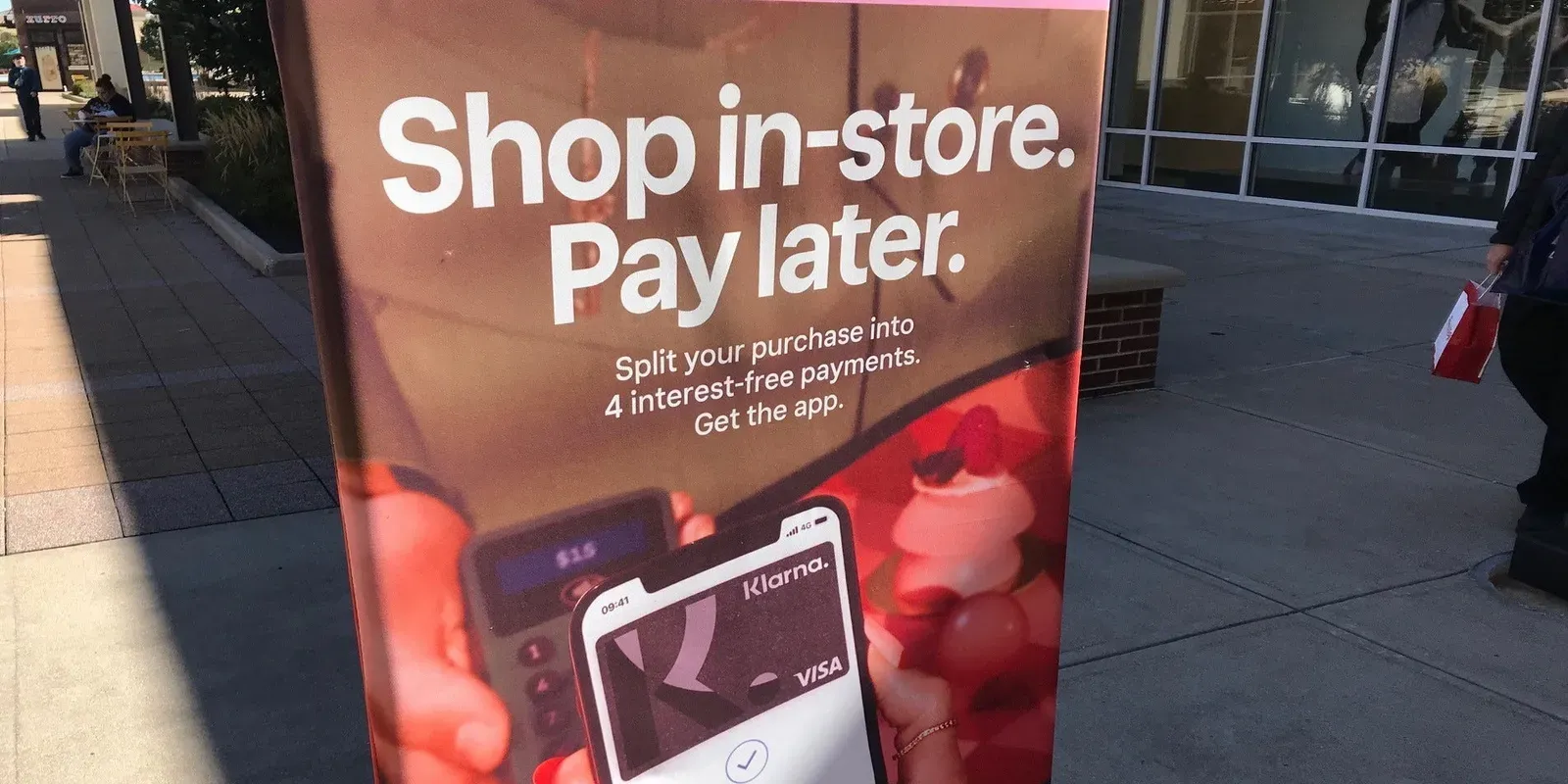BNPL: Credit Score Timebomb
The $108 billion BNPL surge, mounting delinquencies and low-income reliance—now folded into FICO scores—may be inflating a hidden consumer-debt bubble threatening U.S. economic stability.

The explosive growth of Buy Now, Pay Later (BNPL) services—from a $2 billion industry in 2019 to over $116 billion in 2025—combined with FICO's recent decision to incorporate these loans into credit scores this fall, has raised concerns among economists about potential economic instability as more Americans, particularly those with lower incomes, increasingly use these services for everyday necessities like groceries while late payments continue to rise.
The global Buy Now, Pay Later market is experiencing remarkable growth, with projections varying significantly across research sources. According to recent data, the market is expected to reach $560.1 billion in 2025, growing at an annual rate of 13.7%, following a robust CAGR of 21.7% during 2021-2024. By 2030, the sector is forecast to expand to approximately $911.8 billion from its 2024 value of $492.8 billion. However, some estimates are even more bullish, with one report suggesting the market could reach $1.43 trillion by 2029 at a CAGR of 43.1%.

Regional growth patterns show Europe's BNPL market is expected to reach $191.3 billion in 2025, growing at 12.4% annually. The industry's expansion is being driven by several factors, including consumer preference for interest-free payment options, integration with e-commerce platforms, and strong adoption among younger demographics, particularly Gen Z and millennials. Major players dominating the global BNPL landscape include Klarna, Afterpay, PayPal, and Affirm, who continue to shape this rapidly evolving financial sector.
Late payments on BNPL loans have risen significantly, with 41% of users reporting they paid late in the past year, up from 34% a year ago. This troubling trend affects users across demographic groups, with high-income borrowers, men, young people, and parents of young children among those most likely to miss payments. While most late payers (76%) were only late by about a week, the consequences can be severe, including late payment interest, additional charges, and potential collection activities.
The financial impact of these missed payments is compounded by a concerning lack of awareness—only half (52%) of BNPL users understand late payment fees exist, and just 50% know roughly how much these fees might be before incurring them. For users with poor or very poor credit scores, the late payment rate jumps to 22%. This knowledge gap is particularly problematic as many consumers decide to use BNPL impulsively at checkout (36%), without fully understanding the potential costs of missed payments.
BNPL services have become a financial lifeline for economically vulnerable consumers, with usage patterns revealing significant disparities across income levels. Adults who report "just getting by" or "finding it difficult to get by" are nearly twice as likely to use BNPL compared to those in better financial situations, with 78% of financially struggling users citing necessity as their primary reason for using these services. Among households with less than $500 in emergency savings, approximately 22% turned to BNPL options, highlighting how these services fill critical gaps for those with limited financial resources.
The dependency pattern varies distinctly by income bracket. While BNPL adoption is higher among households earning between $30,000-$75,000 (4.7-4.8%), the motivation differs significantly across the economic spectrum. Low-income users predominantly rely on BNPL because "it was the only way they could afford their purchase," while 72% of users with family incomes over $100,000 cite avoiding interest charges as their primary motivation. This contrast underscores how BNPL functions as both a convenience tool for the financially secure and an essential credit alternative for cash-strapped consumers who may face barriers to traditional credit options.




